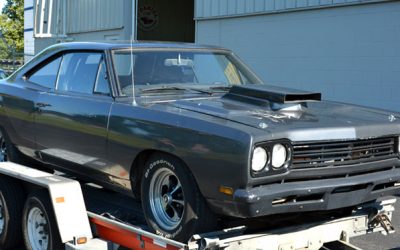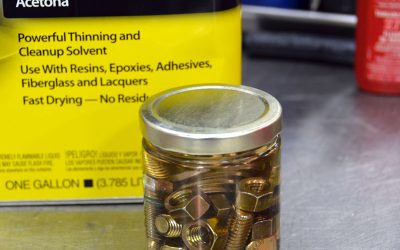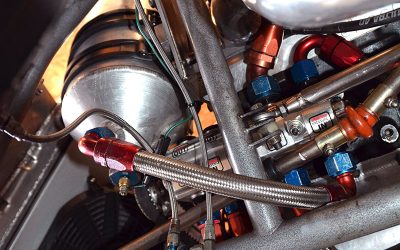In 2009, I bought my wife a 2008 Pontiac Torrent GXP leftover at a big-bargain price (about 1/3rd off the sticker!) because, alas, that once-fabulous GM division was being eliminated. That was the model with the 264 hp 3.6L Suzuki VVT V6 and GM six-speed. She’s an admirably conservative, defensive driver, so she never really got on it, but I sure did. The first time I put my foot in it, it just smoked ’em — even with Traction Control, those fat P235/50R18s didn’t really hook up until second gear. I was pretty sure that if I put slicks on it and filled it with 93 octane to delay the knock sensor signal it would turn a 14-second quarter mile — 0 to 60 came in at something over six seconds. Yet, it had the smoothest idle this side of a straight eight, got up to 28 mpg on the highway, and had SUV room and convenience.
That’s ’60s muscle-car performance without the roughness, noise, undependability, and poor mileage. It’s an automotive writer’s cliché to talk about how far we’ve come, but that doesn’t make it any less true. And there are much more powerful examples out there than that Pontiac.
Why am I mentioning what’s obvious to tech-savvy PT readers? Because we’re running an article in this issue by our esteemed contributor and good friend Henry Olsen, a super-tuner whose clients have included rock stars, on choosing an engine for your hot rod or vintage vehicle. In it, Henry mentions the possibility of transplanting an engine, or an entire powertrain, from a late model. If you were to buy, say, a wrecked Mustang or Camaro, you could get everything you need from the donor, including the harness so that you could make everything work together properly.
Considering the price of a crate motor, or the costs of upgrading the current engine to aftermarket fuel injection and electronic ignition, this can be a tempting option (you can resell what you don’t need from the donor to recoup some of your outlay — Craig’s List is great). All the power, smoothness, driveability, and dependability mentioned above simply grafted onto your rod.
On the other hand, what will this do to your enjoyment of the vehicle and to its monetary value? Certainly, it would be nice to be able to drive it as much as you want with no worries, but would you have created something with a boring view under the hood and reduced desirability to collectors?
Also, if you swap to modern, a distressing situation arises: There wouldn’t be anything to do on it beyond maintenance. What would you accomplish? Why mess with a good thing? This reminds me of when I’d bought a brand new motorcycle. After dinner one night, I went out to the shop to admire it. But that was all I could really do. I could barely keep it under control in stock trim when I gave my wrist a quick twist, so what would be the goal of modifying it? You can only go so fast on the street anyway. That simply didn’t come anywhere near the fun I’d had working on old bikes that always needed something, and I’d spent many an enjoyable evening that way.
Call me a traditionalist, but I get a lot of pleasure out of looking at and hearing vintage engines, especially those that have been “warmed over,” as we used to say. Look at the photos that accompany Henry’s story. Nothing could look much cooler than those three deuces on top of an old small-block Chevy, or that supercharged Ford Y-Block, and I’d just love to hear what the intake moan and exhaust note would sound like.
But maybe after all those decades that vintage engine is just worn out. It might be sludged up inside, or have weak compression or loose rod bearings. As somebody who grew up thinking that the ability to do internal engine work sets a person apart from ordinary mortals, I can’t think of a mechanical activity that would be more fun than resurrecting an interesting old motor. Sure, you might have to do considerable searching for parts, and even fabricate or adapt certain things when what you need isn’t available, but that adds to the adventure.
If you’re going racing, you’ll naturally want the most modern powertrain you can get in there. But if your automotive fun consists of cruising, tinkering, and perhaps participating in car shows, I’d advise you to keep that cool old cast iron engine and carburetor.




0 Comments